1. Japan Throws a Bean-Filled Bash for Good Luck
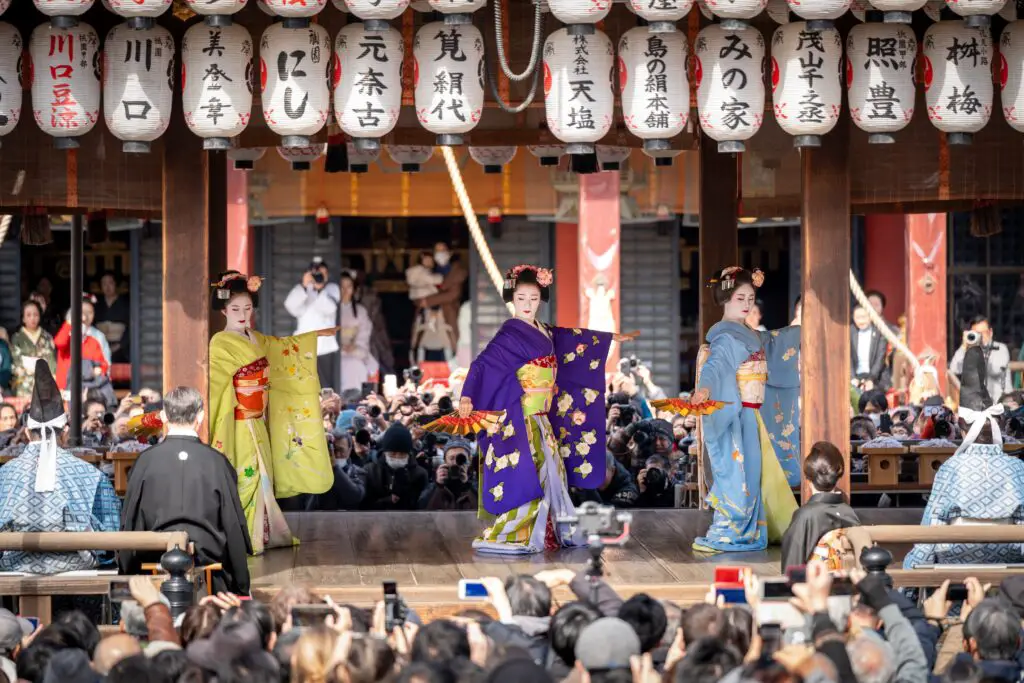
In Japan, the Setsubun festival isn’t your typical celebration—it’s all about throwing beans at demons. Every February, people shout “Oni wa soto! Fuku wa uchi!” which means “Demons out! Luck in!” while hurling roasted soybeans out the door or at someone dressed as a demon. It’s a way to cleanse the home and welcome good fortune. Even kids get in on it, often wearing little demon masks and giggling as they dodge a shower of beans shares Japan Today.
Temples and shrines host big public events where celebrities sometimes join in on the bean-throwing fun. At some places, it turns into a full-on spectacle with crowds gathering to catch the tossed beans like confetti. It might seem a bit strange if you’re used to fireworks or turkey dinners, but in Japan, a handful of beans can bring a whole year of luck adds Visit Toyko. And honestly, who wouldn’t want to get rid of their demons with a snack?
2. Spain’s Tomato War Is Pure Chaos
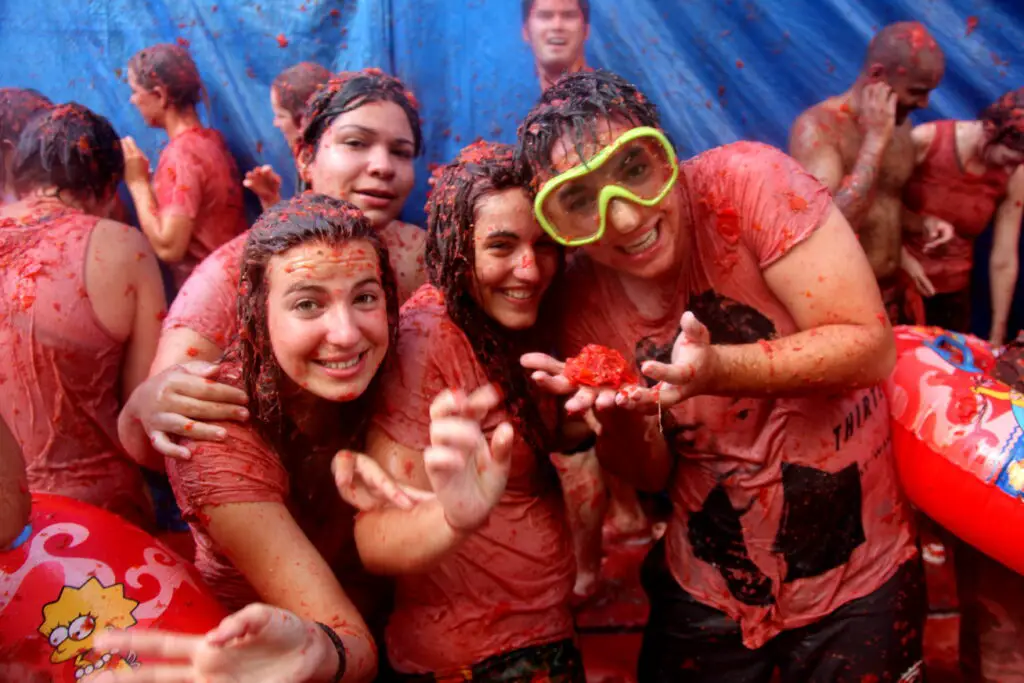
Every August, the small town of Buñol, Spain turns into a giant red mess during La Tomatina. Imagine thousands of people crammed into narrow streets, happily pelting each other with overripe tomatoes. It started as a playful food fight in the ’40s and just never stopped. Now, it’s a ticketed event with rules—like squashing the tomatoes before throwing them to avoid injuries shares BBC.
Cleanup takes hours and the streets run with tomato pulp, but no one seems to mind. Locals and tourists alike come together for this one-day madness that’s all about joy, chaos, and community. It’s definitely not your average holiday parade. Most Americans would probably never dream of organizing a celebration that requires goggles and a hosing off afterward, but in Buñol, it’s the highlight of the year says Reuters.
3. Iceland’s Christmas Creatures Are Terrifying
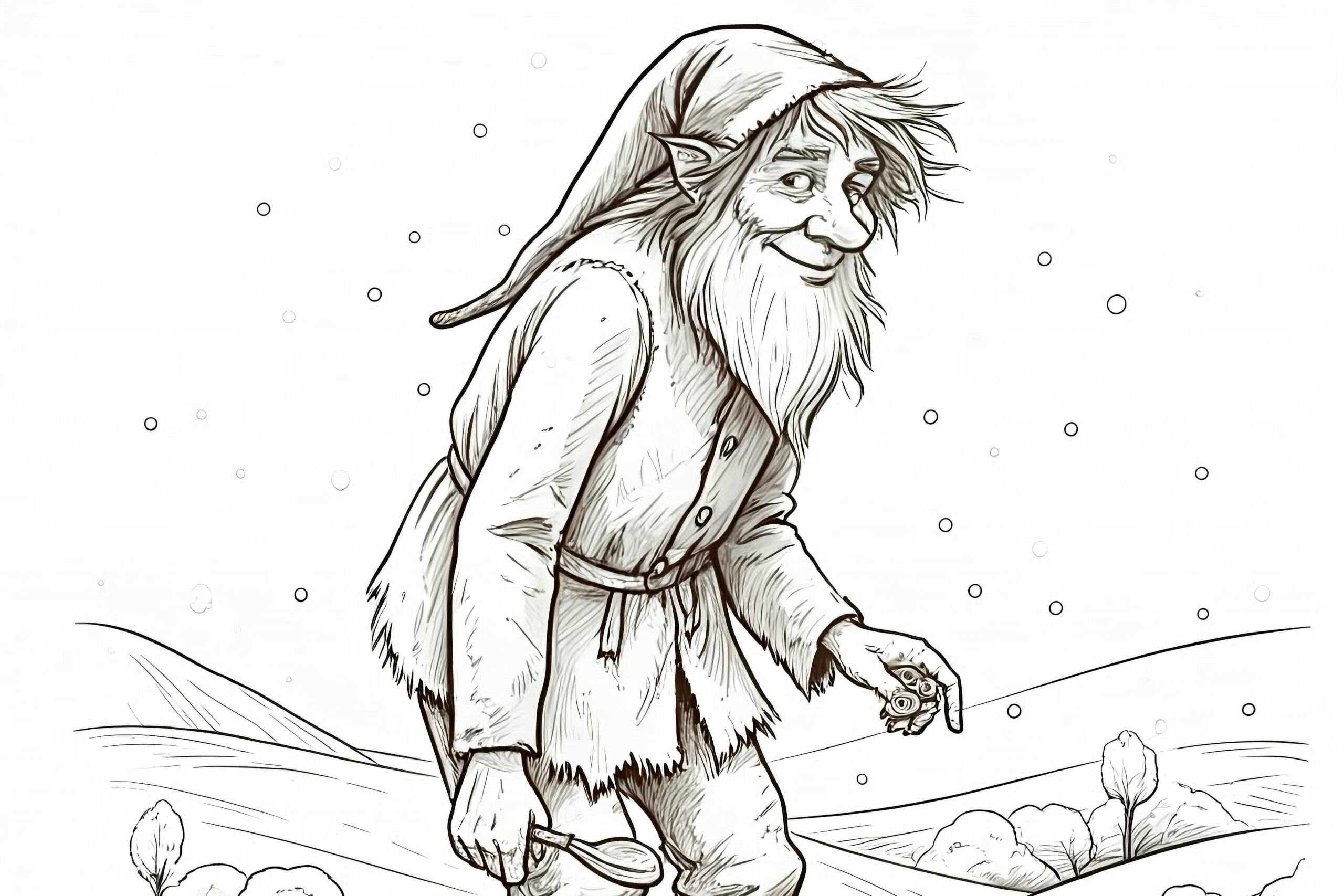
While Americans leave out cookies for Santa, Icelandic kids have to deal with the Yule Lads—13 mischievous trolls who visit in the days leading up to Christmas. Each one has a distinct personality, like Spoon-Licker or Door-Slammer, and they either leave gifts or rotten potatoes in your shoes, depending on your behavior. Oh, and there’s also a giant Christmas cat that eats children who don’t get new clothes. No pressure.
It’s rooted in old Icelandic folklore, and while it might sound scary, it’s all part of the holiday fun there. Kids look forward to guessing which Yule Lad will show up next and what he’ll leave behind. The combination of dark winter nights and these oddball characters gives Icelandic Christmas a uniquely eerie charm. It makes Elf on the Shelf seem pretty tame in comparison.
4. India’s Holi Festival Turns the Streets into a Rainbow

In India, Holi is a spring celebration that’s all about color, joy, and starting fresh. People take to the streets armed with bright powders and water balloons, covering each other in every color of the rainbow. It’s loud, it’s chaotic, and it’s absolutely beautiful. Strangers dance together, music blasts from every corner, and everyone looks like they stepped out of a painting.
While Americans might celebrate spring with Easter baskets or garden parties, Holi feels more like a color-splattered explosion of happiness. The day has deep roots in Hindu mythology but is now celebrated by people of all backgrounds. It’s a day when social rules melt away and laughter takes over. You don’t stay clean during Holi—and that’s exactly the point.
5. Finland Has a Day for Getting Naked in the Sauna

In Finland, the sauna isn’t just a spa treat—it’s practically a sacred space, and there’s even a holiday that celebrates it. National Sauna Day isn’t official, but it’s widely observed, usually in early summer. Families and friends gather to enjoy hours of steaming, sweating, and sometimes even rolling in the snow between sessions. And yes, most people do it completely naked.
The idea is to cleanse the body and soul, and it’s taken very seriously. Some people even fire up community saunas for neighbors and visitors to enjoy. For Americans used to swimsuits and locker room modesty, it might feel a bit vulnerable. But for Finns, it’s the ultimate way to relax and connect with tradition—and with each other.
6. Ethiopia Celebrates New Year in September
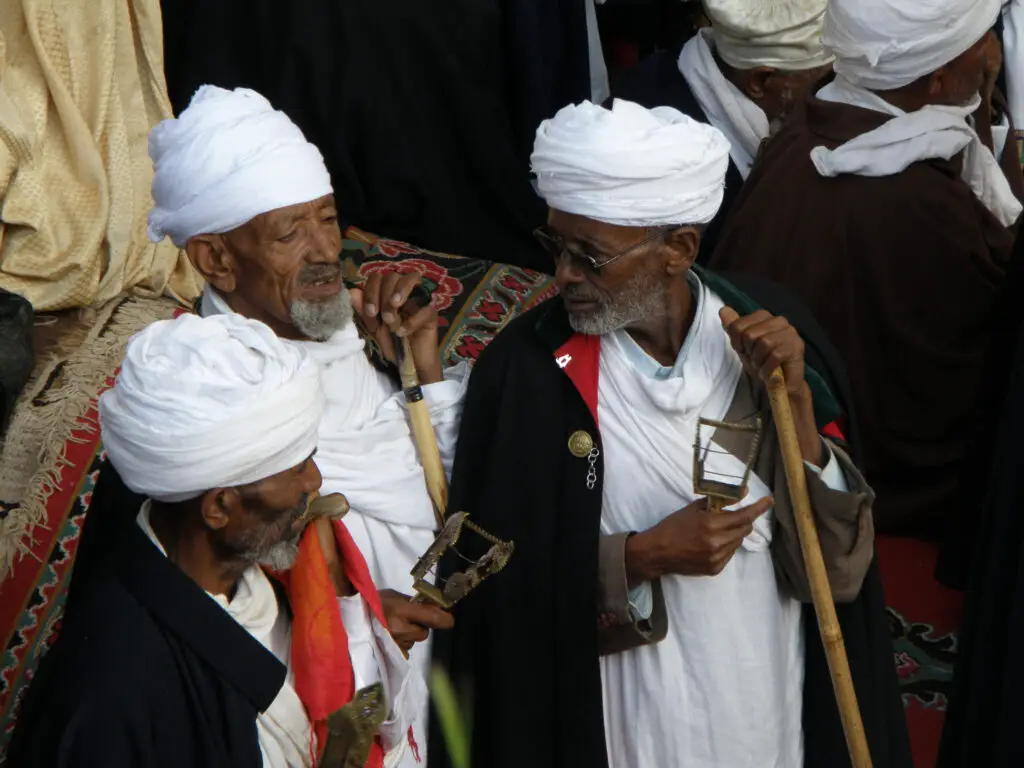
Ethiopians ring in the New Year—called Enkutatash—on September 11, not January 1. Their calendar is about seven years behind the Gregorian one, so it’s technically still the early 2010s there. Enkutatash marks the end of the rainy season, and it’s celebrated with fresh flowers, traditional songs, and big family gatherings. Kids go door to door singing and are given small gifts.
Church services and feasts are a big part of the day, but so is reflecting on the past year. While Americans are packing away summer clothes and sipping pumpkin lattes, Ethiopians are welcoming a new year with sunshine and celebration. It’s a moment of renewal that feels more connected to nature’s rhythms. And honestly, a September new year doesn’t sound so bad when you think about it.
7. Switzerland Lights Giant Snowmen on Fire
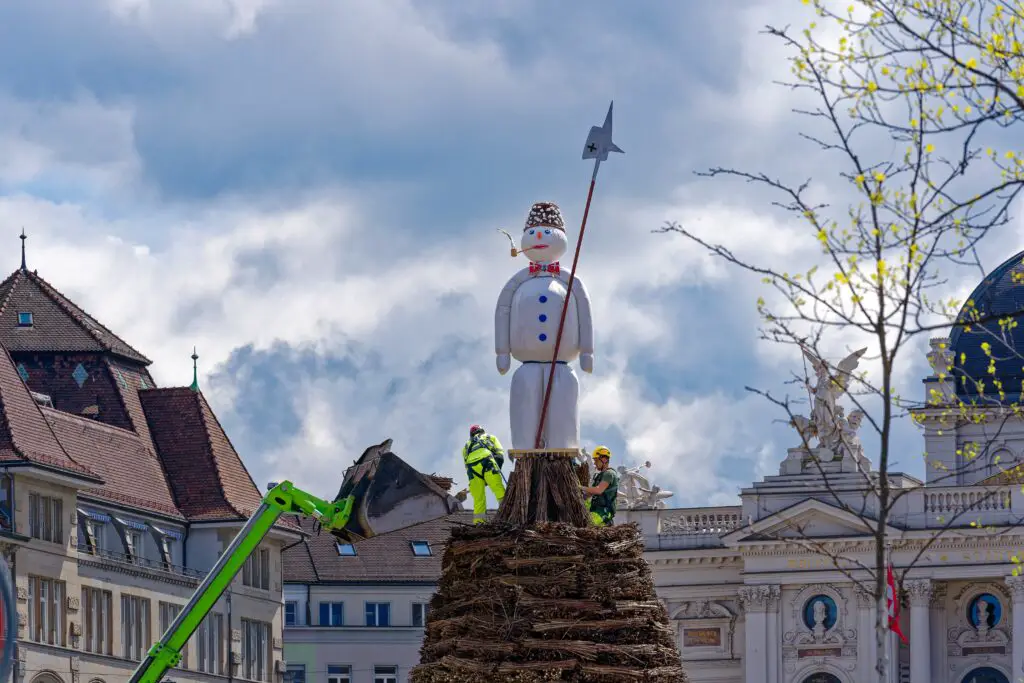
In Zurich, Switzerland, spring arrives with a literal bang during Sechseläuten. This centuries-old festival features a massive snowman called the Böögg, which is stuffed with fireworks. As part of the tradition, the Böögg is burned to predict the coming summer: the faster its head explodes, the better the weather will be.
There’s a parade too, complete with people in historical costumes and elaborate floats. But all eyes are on the snowman as the flames rise and anticipation builds. It’s like Groundhog Day, but way more intense. Watching a snowman explode in a city square might seem a little over-the-top to Americans, but in Switzerland, it’s how you say goodbye to winter in style.
8. Thailand’s Water Fight Is a National Holiday

Songkran, Thailand’s New Year celebration in April, is essentially a country-wide water fight. Originally a Buddhist tradition for cleansing and renewal, it has evolved into three days of splashing strangers with buckets, hoses, and water guns. Cities like Chiang Mai turn into giant battlegrounds where absolutely no one stays dry.
It’s all in good fun, and even the police and monks sometimes get splashed. Tourists love it, but locals see it as a meaningful way to wash away bad luck and begin the year fresh. It’s definitely not what most Americans picture when they think “New Year,” but there’s something undeniably joyful about celebrating with a little soaking. Just be sure to protect your phone.
9. Germany Hides Pickles in Christmas Trees
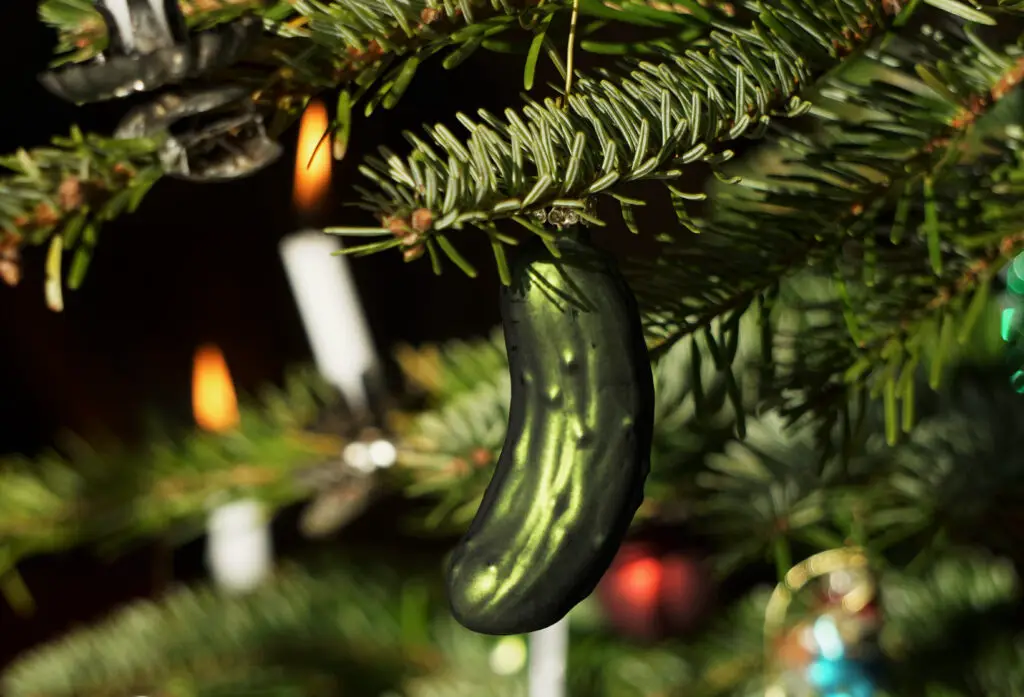
In some German households, a pickle ornament is hidden deep within the branches of the Christmas tree. It’s called the Weihnachtsgurke, and the first person to find it on Christmas morning gets a small gift or extra luck for the year. No one knows exactly where the tradition started—some say it’s German-American—but it’s charming and weird enough to catch on.
The pickle isn’t a real one, thankfully—it’s usually glass or plastic. Families love the goofy tradition, and it adds a layer of mystery to the tree decorating. Americans might be more familiar with tinsel and candy canes, but this little green gherkin has found its way into plenty of holiday hearts. It’s quirky, lighthearted, and makes opening presents a bit more competitive.
10. Scotland Has Fireball Parades for the New Year
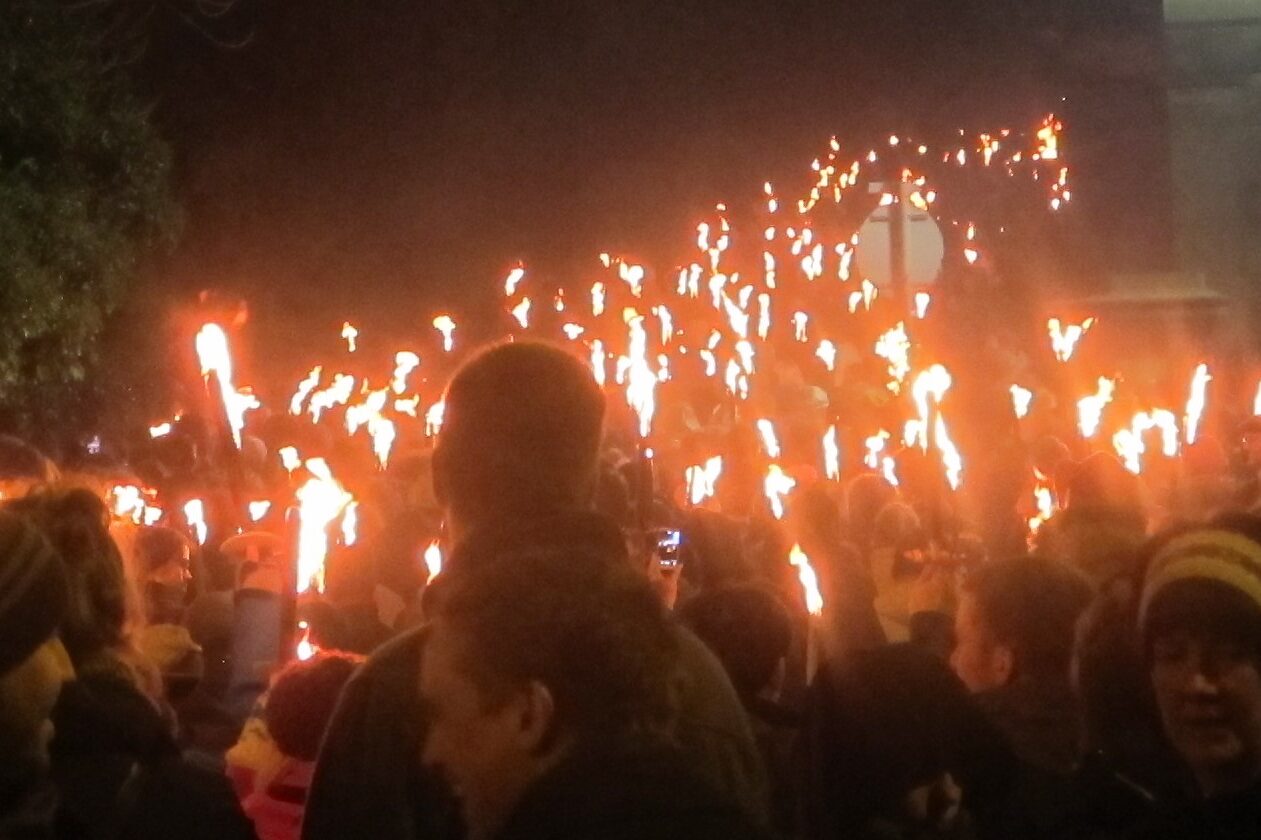
In the town of Stonehaven, Scotland, locals welcome the New Year by swinging flaming fireballs around their heads. Yes, real balls of fire on chains. It’s part of Hogmanay, Scotland’s version of New Year’s Eve, and it’s as dramatic as it sounds. The fireball swingers march through the streets just before midnight while onlookers cheer.
The belief is that the fire burns away evil spirits and brings good luck for the year ahead. After the parade, there’s usually music, fireworks, and lots of celebrating. Americans might prefer champagne and countdowns, but in Stonehaven, nothing says “Happy New Year” like fire in your face. Just don’t try this one at home.
11. Mexico Honors the Dead with Sugar Skulls
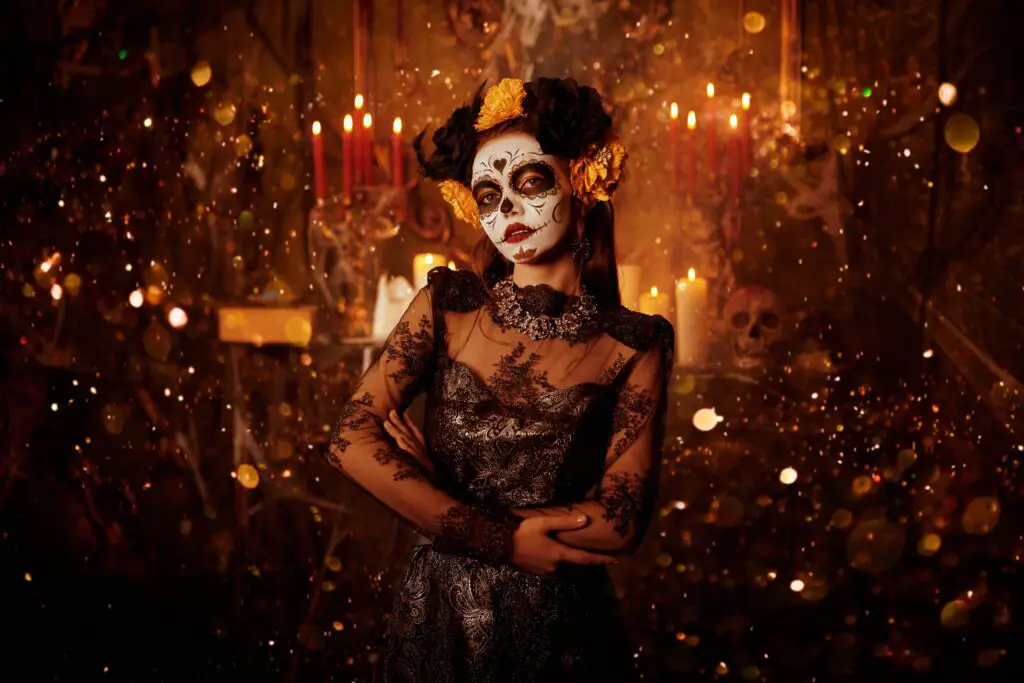
Día de los Muertos, or Day of the Dead, is celebrated in Mexico on November 1 and 2 with altars, marigolds, and lots of color. Families gather to remember their loved ones who’ve passed, often decorating graves and offering favorite foods and drinks to the spirits. It’s a mix of solemn remembrance and joyful celebration. The sugar skulls and face paint have become iconic worldwide.
While Halloween in the U.S. focuses on scares, Day of the Dead is about connection. Kids and adults alike embrace the idea that death is a part of life, and the holiday helps keep memories alive in a vibrant way. It’s a beautiful tradition that balances grief with gratitude. Americans might be surprised by the brightness of it all, but it’s deeply moving and rich with meaning.
12. Australia Celebrates Christmas in the Summer
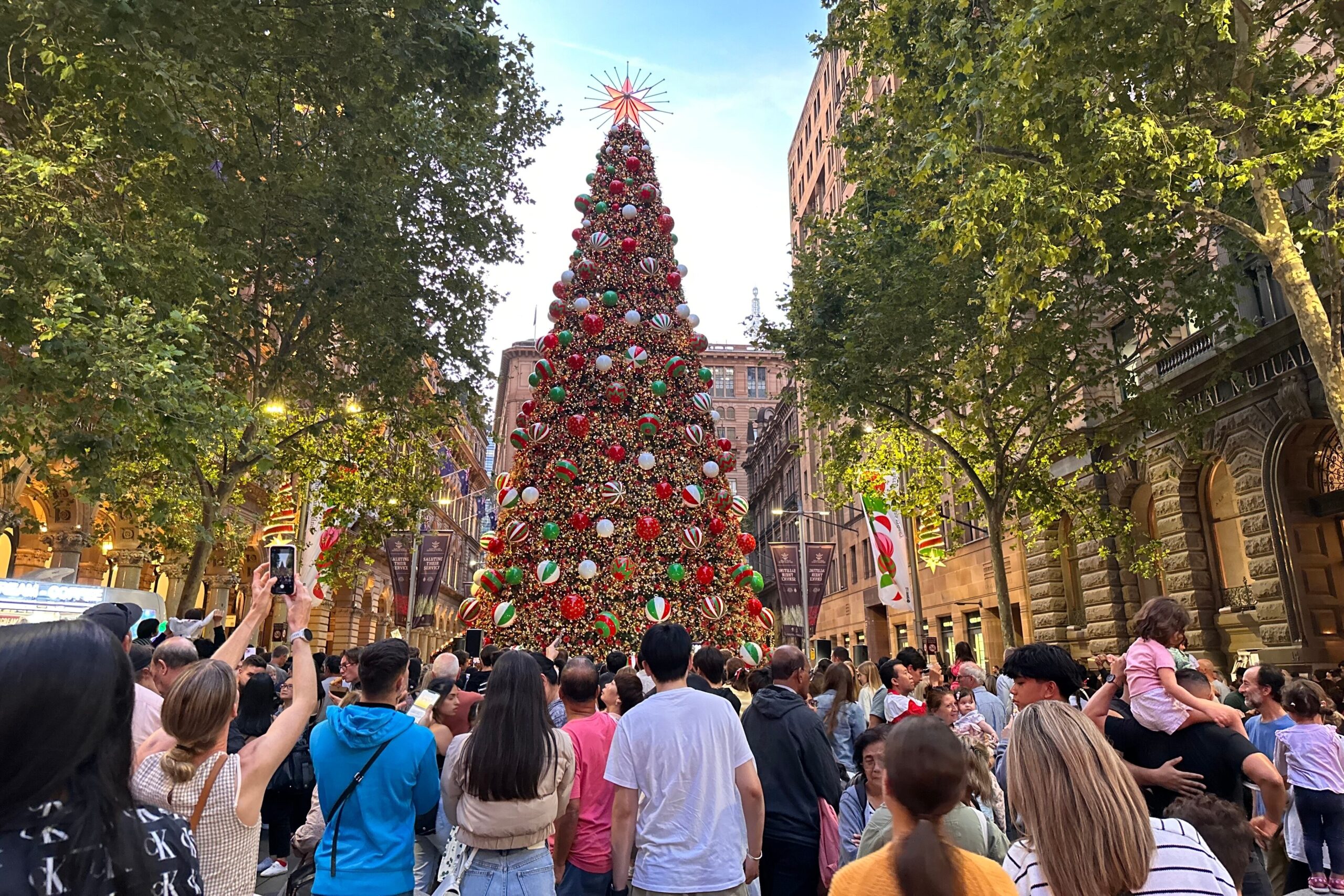
In Australia, Christmas happens in the middle of summer, so instead of snowy scenes and hot cocoa, people are barbecuing on the beach. Santa might be seen wearing board shorts and sunglasses. It’s not unusual for families to enjoy a seafood feast outdoors or take a swim on Christmas Day. Carols are still sung, but often with a bit of a tropical twist.
While it may feel upside-down to Americans, the Aussie version of Christmas makes perfect sense down under. Decorations still go up, and some people even spray fake snow on windows just for fun. But the sun shines bright, and the mood is light. It’s a warm and laid-back holiday that feels more like the Fourth of July with tinsel.
13. Venezuela Rolls to Church on Skates

In Caracas, Venezuela, Christmas morning means heading to church—but many people do it on roller skates. Streets are closed to cars so families can safely skate through the city in the early hours. It’s a tradition that goes back decades and adds a sense of whimsy and fun to the day. Some even tie strings to their toes and dangle them out the window so friends can tug them awake.
After church, families enjoy tamales and hot chocolate, keeping the festive vibe going. Americans might find the idea of rollerskating to mass a little surprising, but it’s a cherished part of Christmas in Caracas. It’s joyful, quirky, and brings people together in a unique way. And honestly, it sounds like a blast.
14. South Korea Celebrates a Romantic Valentine’s Trio
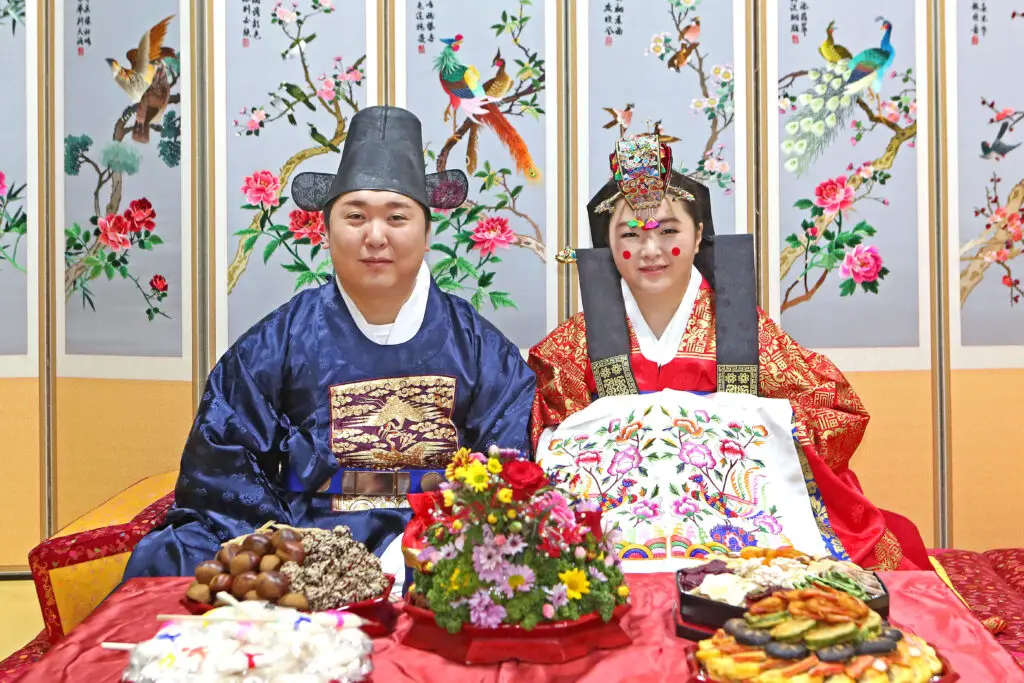
In South Korea, Valentine’s Day isn’t just one day—it’s part of a three-month romantic saga. On February 14, women give chocolates to men. Then on March 14, called White Day, men return the favor with gifts for the women. But it doesn’t stop there—April 14 is Black Day, when single people gather to eat black noodles and commiserate.
It’s a cultural twist that turns Valentine’s into a longer, more inclusive celebration. While Americans focus on February 14 with chocolates and roses, South Koreans have managed to make love—or the lack of it—into a seasonal event. Even being single is acknowledged with its own ritual. It’s sweet, silly, and surprisingly thoughtful all at once.
